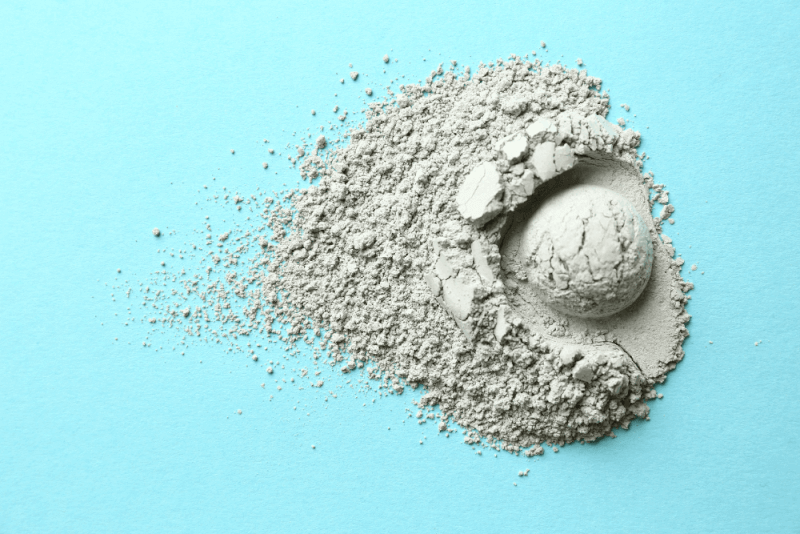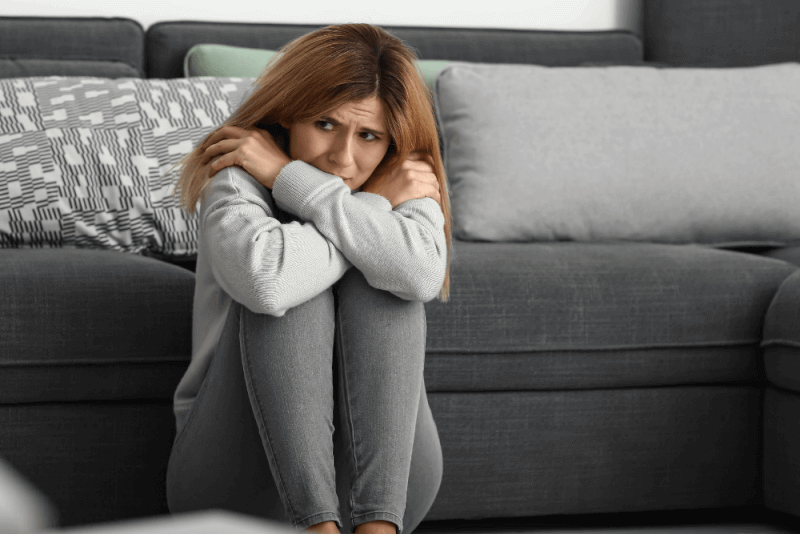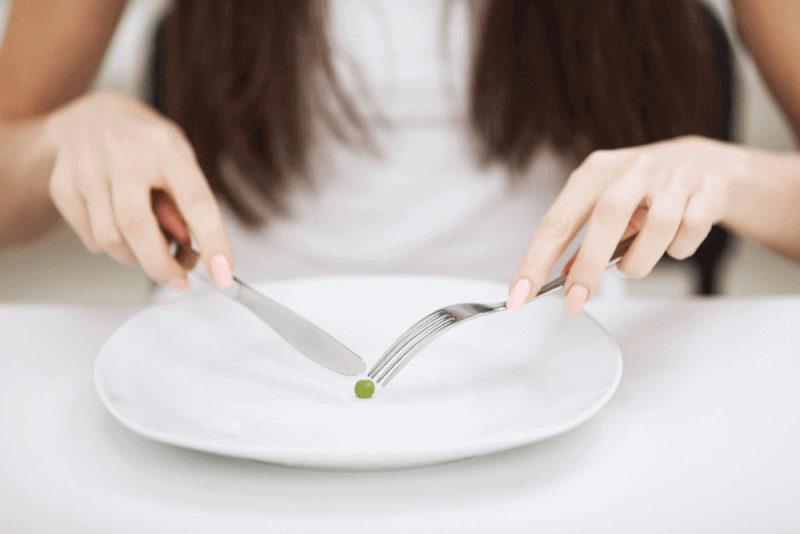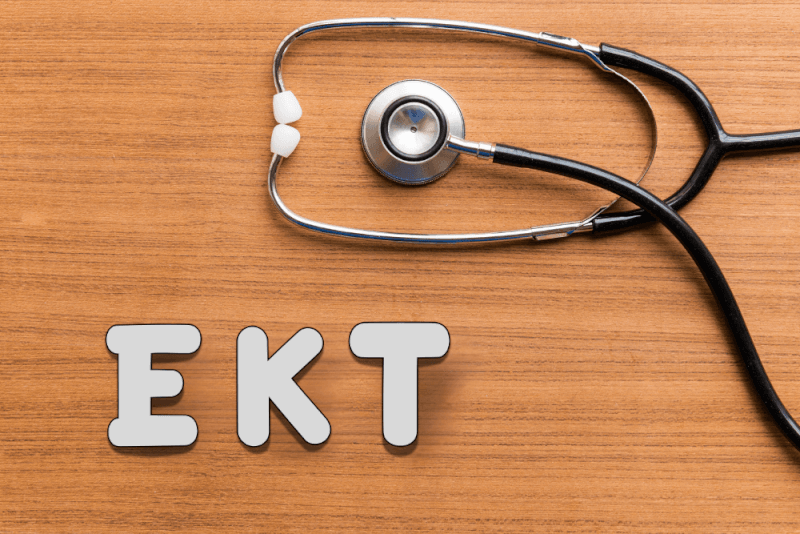30-Second Summary
- Pica, a disorder from eating disorders, is the diagnosis given to the condition of people obsessively eating things with no nutritional value or any food.
- Pica is often a harmless condition. However, why and when the person performs this behavior can be risky depending on.
- It particularly affects people who eat various materials like mud or soil due to iron deficiency or other nutrient deficiencies. Pica disorder is also frequently seen in individuals with autism spectrum disorder.
- In children, pica syndrome is not one of the rare conditions, but it is more commonly seen in autistic children and those with developmental or mental disabilities.
What is Pica Syndrome?
Pica, a disorder from eating disorders, is the diagnosis given to the condition of people obsessively eating things with no nutritional value or any food. Pica is often a harmless condition. However, why and when the person performs this behavior can be risky depending on.
Pica syndrome is usually temporary. It particularly affects people who eat various materials like mud or soil due to iron deficiency or other nutrient deficiencies. Autism spectrum disorder is also frequently seen in individuals with pica disorder. In children, pica syndrome is not one of the rare conditions, but it is more commonly seen in autistic children and those with developmental or mental disabilities.
Pica Syndrome Diagnostic Criteria
Various laboratory tests are not required to diagnose pica syndrome. Diagnosis can be made with information from the patient's family and acquaintances. Then, depending on the symptoms and complaints seen in the person, other tests may be performed.
For the diagnosis of pica to be made, 4 criteria must be present at the same time. These criteria include the following.
- The diagnosis requires the continuous consumption of food or non-nutritive foods or substances for at least 1 month.
- An individual must have passed a certain mental stage and should know that they should not eat non-nutritive items.
- The individual must not have social or cultural background reasons that could explain their behavior
- The individual should not have any medical or mental health issues that could be affecting their health.
While pica is a very common behavior, a significant portion of those who exhibit this behavior are undiagnosed. Reasons for not diagnosing pica syndrome include the following.
- Cultural or social practices
- Nutritional deficiencies
- Other medical or mental health conditions
Supportive Tests
In individuals with pica syndrome, some tests are performed to determine physical factors that may cause this behavior. In addition, various tests are done to understand the damage that pica syndrome may have caused in the body. These tests include the following.
- Anemia or low zinc levels can be investigated with blood tests
- Stool samples to test for intestinal bleeding
- X-rays or other imaging tests to check for intestinal blockage
- Tests measuring lead levels to evaluate lead poisoning
- Tests to check for parasites or bacteria depending on the type of substance eaten
- Testing for nutritional deficiencies
Symptoms of Pica Syndrome
The sole symptom of pica syndrome is the obsessive consumption of non-nutritive items or food. This condition usually involves a preference for a single type of non-food item, but pica syndrome can lead to other specific conditions or problems. Conditions that may arise due to pica syndrome include the following.
- Anemia
- Obstructions in the small and large intestines
- Roundworm infection
- Lead poisoning
- Constipation
- Electrolyte imbalance
- Irregular heart rhythms
Some symptoms can be observed due to the consumption of non-food items. These symptoms include the following.
- Abdominal pain
- Nausea
- Constipation
- Bloody stool
- Bloating
- Diarrhea
Causes of Pica Syndrome
The exact reasons for the development of pica syndrome are unknown, but researchers have identified some factors that may increase the risk of developing the disorder. Possible causes of pica syndrome include the following.
Cultural or Learned Behaviors
In some religious or social groups, the consumption of non-food items is a common practice.
Stress or Anxiety
Individuals with pica syndrome often struggle to cope with stress or anxiety. During these periods, pica behaviors may be used as coping mechanisms.
Adverse Childhood Conditions
Although the exact reason is not fully understood, children raised in socioeconomically disadvantaged environments are more prone to this issue. However, some explanations are available. These include higher exposure to abuse or neglect in these conditions. Additionally, if one or both parents neglect the child, this behavior may also be a way to draw attention.
Besides, nutritional deficiencies caused by inadequate intake of vitamins and minerals can also lead to pica syndrome. The most commonly seen mineral deficiencies include iron, calcium, and zinc.
Mental Health Conditions
Individuals with mental health disorders may additionally exhibit pica syndrome. Mental health conditions can be congenital or acquired later in life.
Medical Conditions
Pregnancy and sickle cell anemia are two health conditions associated with pica syndrome.
Certain Medications
Some medications may increase the risk of developing pica or similar behaviors. However, it is not fully understood whether these drugs cause pica in humans.
Pica Syndrome Treatment Methods
In pregnant individuals, pica syndrome usually disappears on its own. In children, this behavior typically goes away after they learn what items can or cannot be eaten. However, for children with mental disabilities or other learning impediments, the removal and supervision of problematic substances is extremely important.
The main form of treatment for pica syndrome is therapy, and depending on the situation and individual needs, different therapy methods are available. Therapy methods commonly applied in pica syndrome include the following.
Mild Preventative Therapy
This method involves teaching individuals to avoid non-food items using mild aversions, teaching avoidance of pica behaviors, and positively reinforcing new healthy behaviors.
Behavioral Therapy
This therapy method involves helping individuals change their behaviors and teaching coping mechanisms and strategies.Differential Reinforcement
This method helps individuals learn to avoid pica behaviors by focusing on other activities and behaviors.
Types of Pica Syndrome
There are various types of pica. Classifications vary depending on the type of non-food item consumed. Commonly seen types of pica include the following.
Geophagy
The consumption of soil, clay, or sand is known as geophagy.
Pagophagy
Commonly seen in individuals with iron deficiency anemia, pagophagy involves compulsive behaviors such as drinking icy beverages or eating ice.
Amylophagy
The consumption of uncooked rice or pasta, starches, is referred to as amylophagy.
Pica Syndrome Complications
Various complications can arise from the consumption of non-food items in pica syndrome. The complications vary depending on the type and harm of the consumed item, but commonly seen complications include the following.
- Intestinal blockages
- Seizures
- Stomach ulcer
- Constipation
- Dental problems
- Poor nutrition
- Bacterial or parasitic infections
- Behavioral issues
- Lead poisoning
- Burnout







